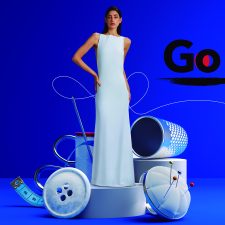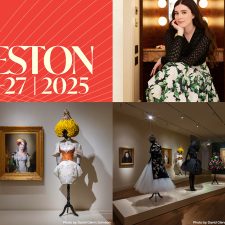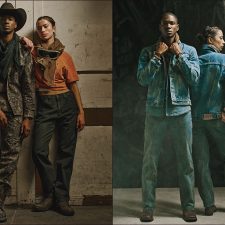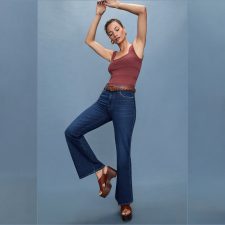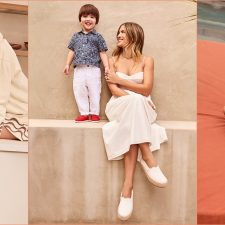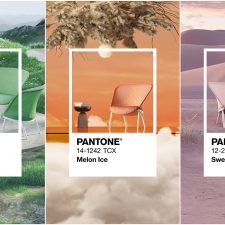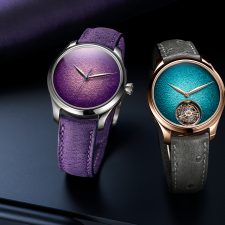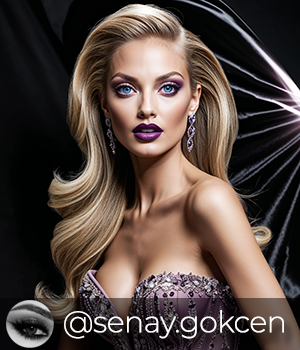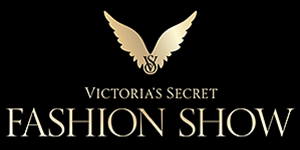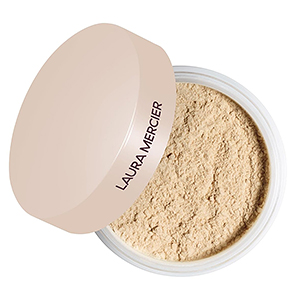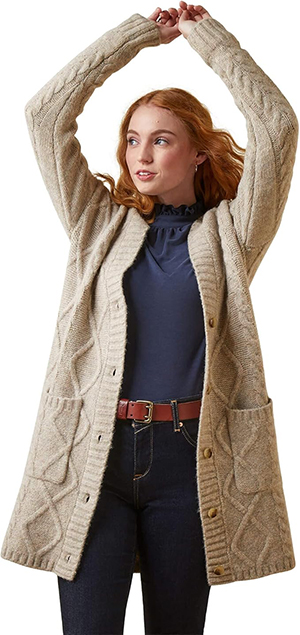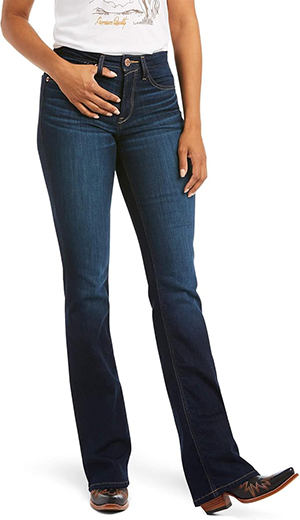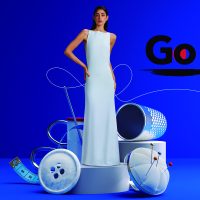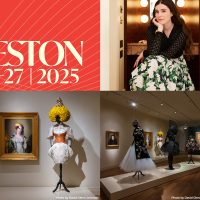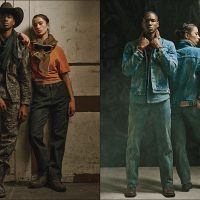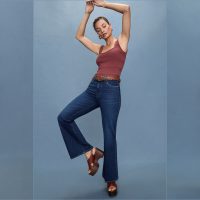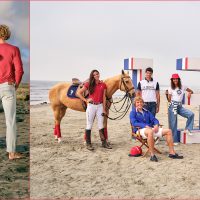By Senay GOKCEN | Editor-in-Chief
Embarking on a journey in the world of fashion involves more than just following trends; it requires a comprehensive understanding of the field’s nuances and beyond the sewing machines and sketchpads, books play a pivotal role in shaping the knowledge base of aspiring fashion professionals.
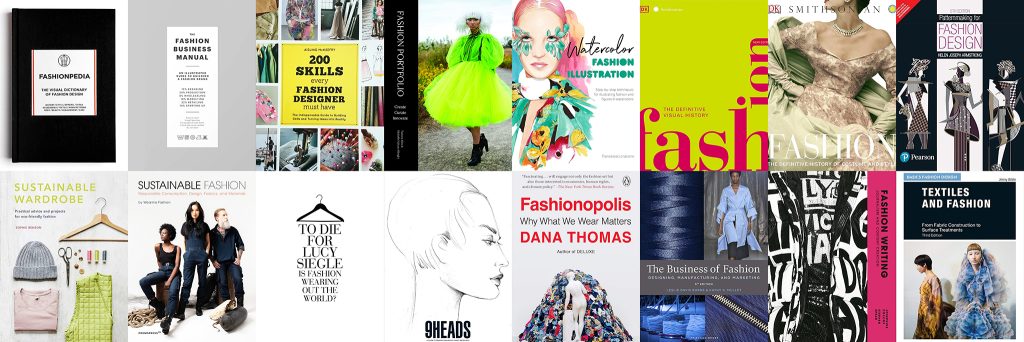
In the fast-paced world of fashion, staying ahead requires not just a keen eye for style but also a deep understanding of its history, theory, business dynamics, and the creative processes behind design. For fashion students and professionals, books serve as invaluable companions, offering insights, inspiration, and a holistic perspective on the industry. In this article, we’ve curated a list of essential reads across various facets of fashion education.
FASHION HISTORY
To truly appreciate the present and envision the future, a solid grasp of fashion history is essential. The following books provide engaging explorations of fashion evolution through the ages.
“Fashion, New Edition: The Definitive Visual Guide (DK Definitive Cultural Histories)” by DK and Smithsonian Institution.
The definitive guide to the history of fashion. From Ancient Egypt and Marie Antionette to Alexander McQueen and Chanel, this visually stunning fashion design book charts the evolution of clothing and shows how every generation reinvents fashion!
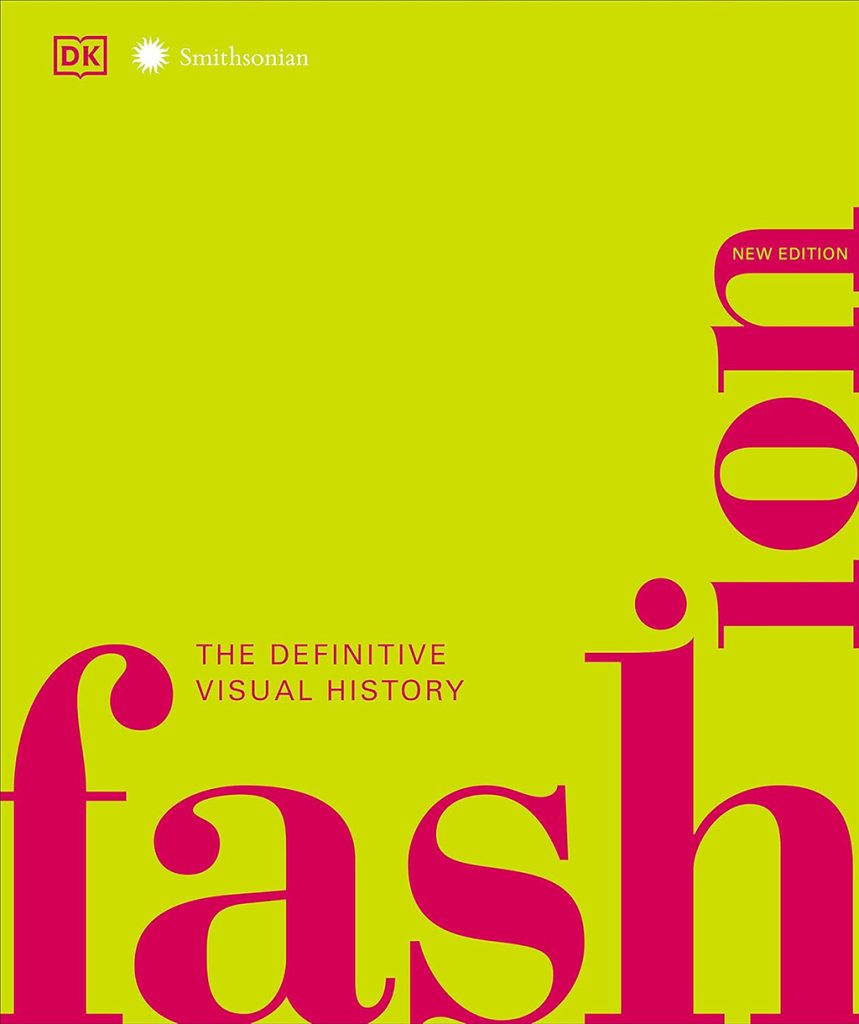
“Fashion: The Definitive History of Costume and Style” by DK and Smithsonian Institution.
Is fashion your passion? Unlock the language of clothes with this ultimate fashion show that traces people’s dresses over the past 3000 years.
Fashion is a visual feast, packed with stunning illustrations of 1,500 costumes from around the globe. It celebrates famous trendsetters, designers, and fashion icons from Queen Henrietta Maria to Jackie Onassis and Jean Paul Gautier.
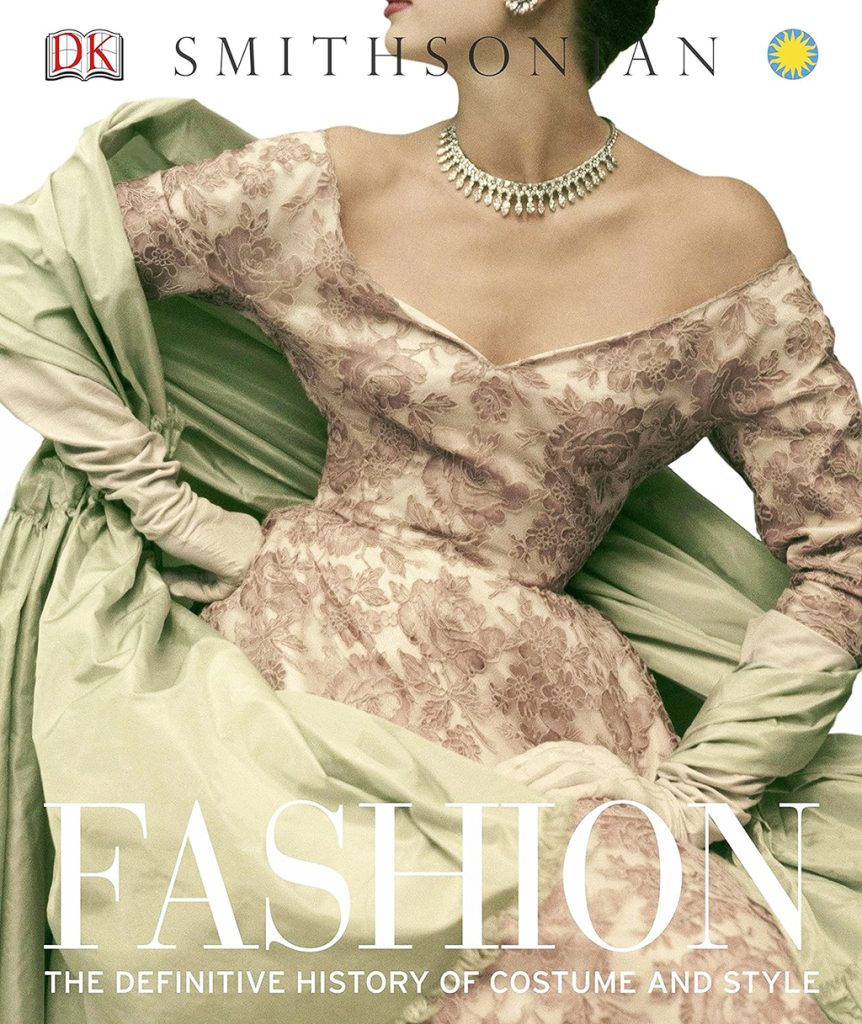
FASHION BUSINESS & INDUSTRY
Understanding the business side of fashion is crucial for success in the industry. The following books provide insights into the marketing, merchandising, and global dynamics of the fashion business.
“The Fashion Business Manual: An Illustrated Guide to Building a Fashion Brand Hardcover” by Fashionary.
The Fashion Business Manual: An Illustrated Guide to Building a Fashion Brand
The Fashion Business Manual is the world’s first visual guide specifically tailored for the fashion business. This comprehensive manual covers crucial business aspects such as branding, product development, wholesaling, retailing, and setting up your business, complete with form templates. Designed to be highly accessible, business information is presented in short, easy-to-read paragraphs, making complex topics simple to grasp.
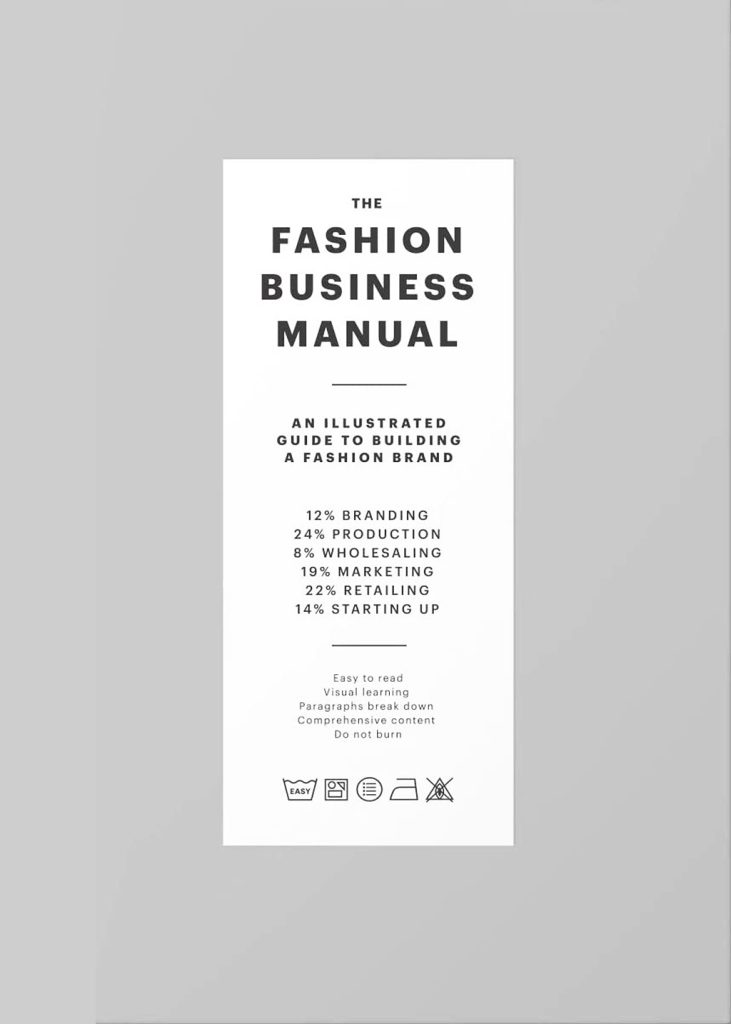
“Fashionopolis: Why What We Wear Matters” by Dana Thomas.
An investigation into the damage wrought by the colossal clothing industry and the grassroots, high-tech, international movement fighting to reform it.
What should I wear? It’s one of the fundamental questions we ask ourselves every day. More than ever, we are told it should be something new. Today, the clothing industry churns out 80 billion garments a year and employs every sixth person on Earth. Historically, the apparel trade has exploited labor, the environment, and intellectual property-and in the last three decades, with the simultaneous unfurling of fast fashion, globalization, and the tech revolution, those abuses have multiplied exponentially, primarily out of view. We are in dire need of an entirely new human-scale model. Bestselling journalist Dana Thomas has traveled the globe to discover the visionary designers and companies who are propelling the industry toward that more positive future by reclaiming traditional craft and launching cutting-edge sustainable technologies to produce better fashion.
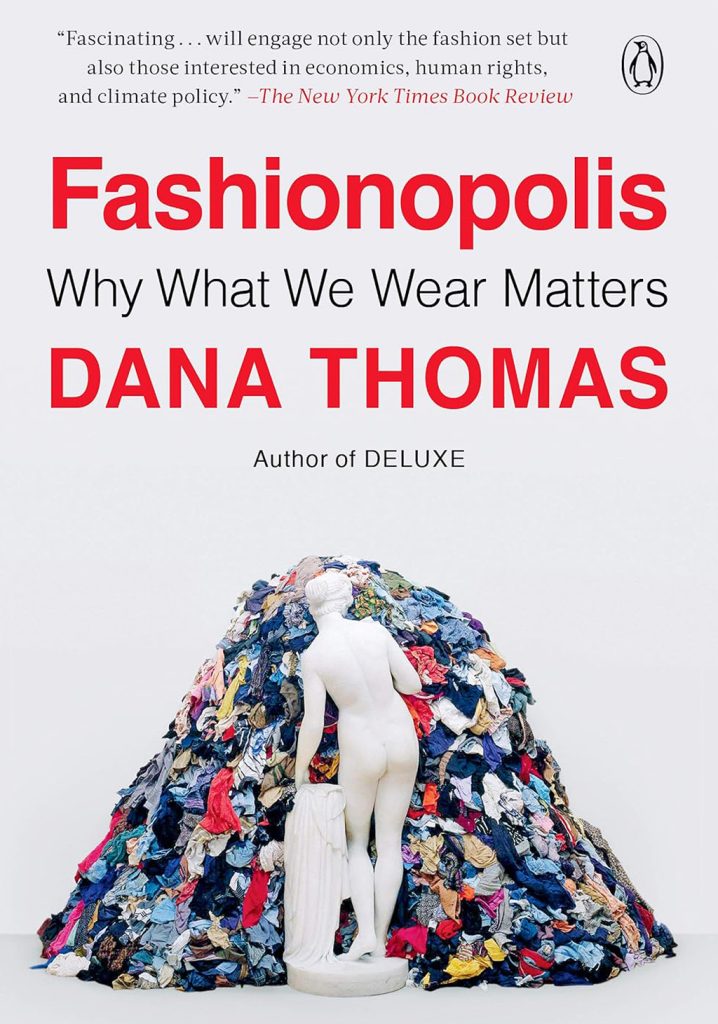
“The Business of Fashion: Designing, Manufacturing, and Marketing – Bundle Book + Studio Access Card – 6th Edition” by Leslie Davis Burns, Kathy K. Mullet.
Learn how fashion lines are designed, manufactured, marketed, and distributed. The book covers the full supply chain – from textiles to fashion brand production – as well as supply chain management, and competitive strategies, so that you can be successful in your future career. Topics covered include sustainable design for a circular economy, 3-D printing, fashion entrepreneurship, disruptions in fashion calendars, supply chain transparency, impact of social media, growth and evolution of online retailing, expanded omnichannel strategies, and changes in international trade, among others. Case studies, a Career Glossary, and key terms help you connect concepts to practice.
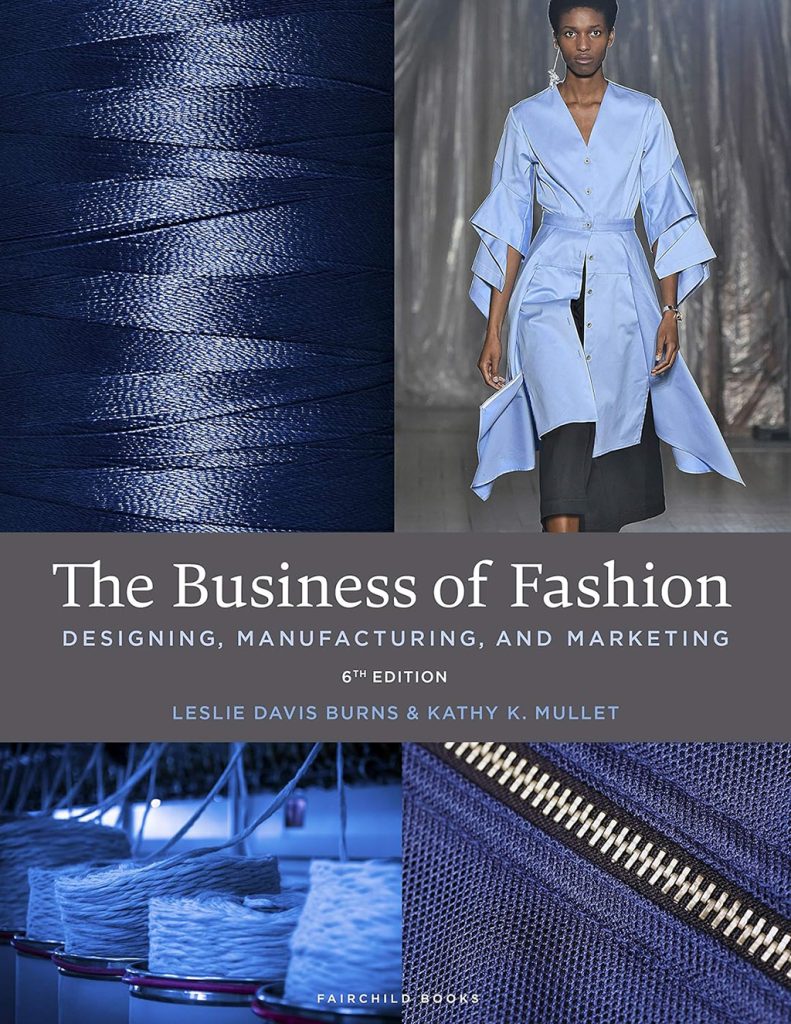
“Fashionpedia – The Visual Dictionary of Fashion Design” by Fashionary.
FASHIONPEDIA is a visual fashion dictionary covering all the technical terms from style to material to production with illustrations and infographics. It encompasses rich, extensive information and yet is easy to read. Whether you are an industry insider or a fashion connoisseur, FASHIONPEDIA is all you will ever need to navigate the fashion scene.
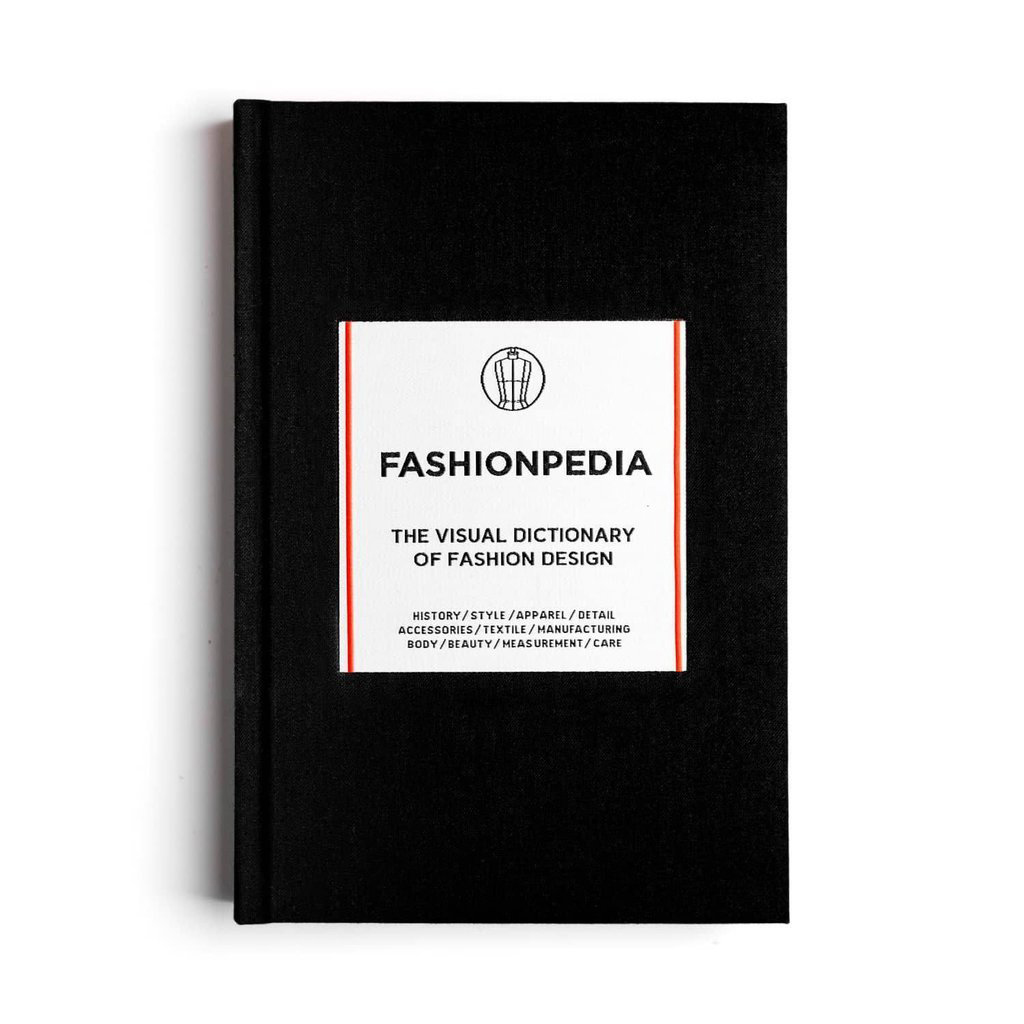
“Fashion Writing: Journalism and Content Creation” by Josephine Collins and Spear Stephen.
Fashion writing now enjoys its highest-ever profile as the digital world has multiplied the number of platforms on which it is available. No longer confined to restrictive print schedules or occasional broadcast slots, fashion is now an ever-present content driver. With retailers, brands and designers all in on the act, plus the emergence of citizen fashion coverage from the social media community, the volume of fashion journalism has risen beyond any predictions.
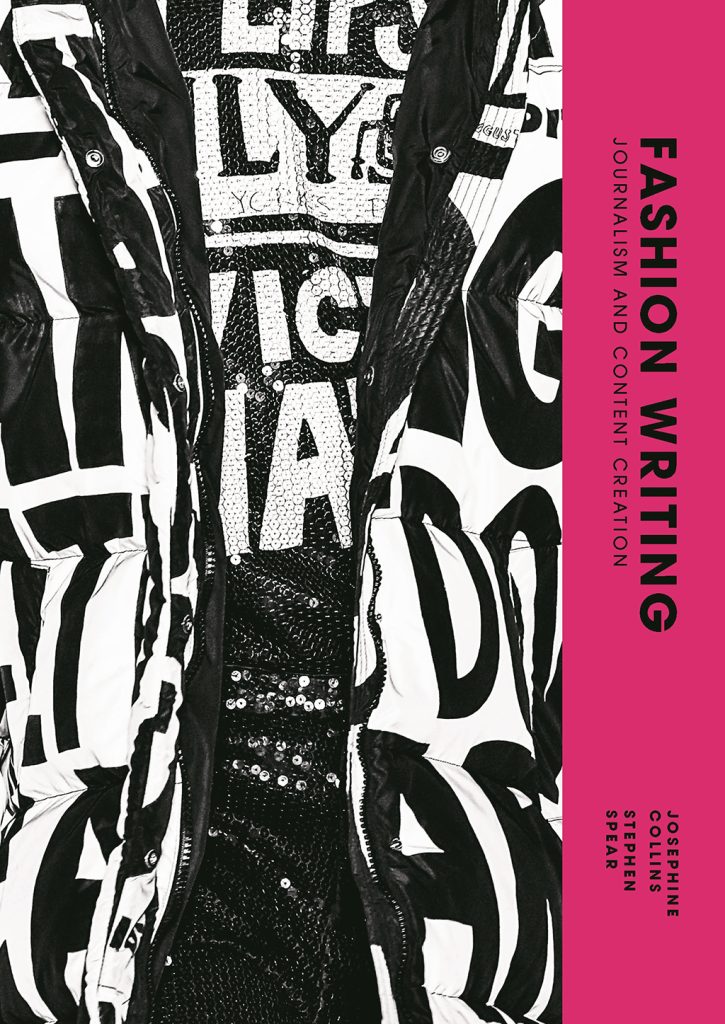
While bloggers monetise their musings – indeed, create successful and influential fashion media and fashion product businesses – traditional magazines and newspapers have expanded their multi-channel fashion content in order to secure more touch points with consumers and drive revenue from fashion advertising.
Aimed at students on specialist fashion journalism courses or general/lifestyle journalism degrees, this guide will also appeal to untrained writers, including content creators, who want to add a professional approach to their fashion writing.
FASHION DESIGN & TECHNIQUES
For those honing their design skills, practical knowledge is key. The following books offer comprehensive guides to design principles, techniques, and the creative process.
“200 Skills Every Fashion Designer Must Have” By Aisling McKeefry.
The Indispensable Guide to Building Skills and Turning Ideas into Reality, Accessible Guide for Fashion Designers of Any Ability, Gift for Fashion Lovers. A comprehensive guide to the world of fashion for aspiring designers and people who love fashion. This fashion design book is a practical overview of the core concepts and techniques required for the person always in vogue. Fashion is all about experimenting with styles, pushing boundaries, and setting new trends. Despite changing seasons and tastes, the staple skills necessary for a fashion designer always stay the same―and this fashion and design book is essential for learning how to channel true creativity and originality.
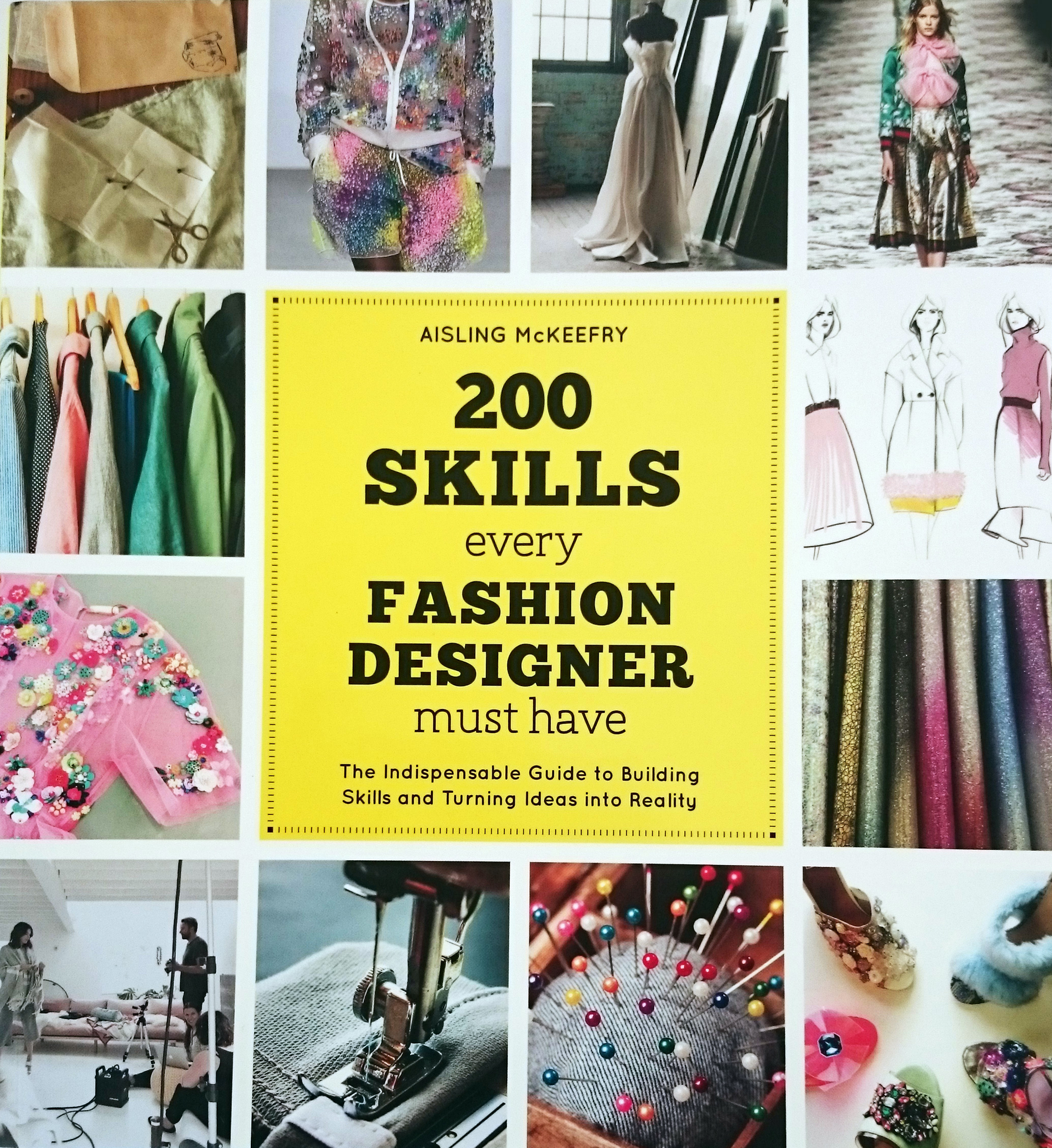
“9 Heads: A Guide to Drawing Fashion” by Nancy Riegelman.
This new edition of “9 Heads” has been completely revised to bring all the fashion garments and details up-to- date. Numerous new drawings of street wear, active wear, bridal wear, swim wear and lingerie have been added. Breakdown drawings are shown for an even wider selection of garments and new croquis are included in a variety of poses reflecting contemporary attitudes and stances. New dedicated chapters cover the topics of composition how best to group together figures when illustrating a line of garments; concept drawings developing the skills necessary to make quick studies or to jot down ideas when creating a new clothing line and Using Photoshop a review of how Photoshop can be used to enhance and extend the drawing techniques the book teaches.
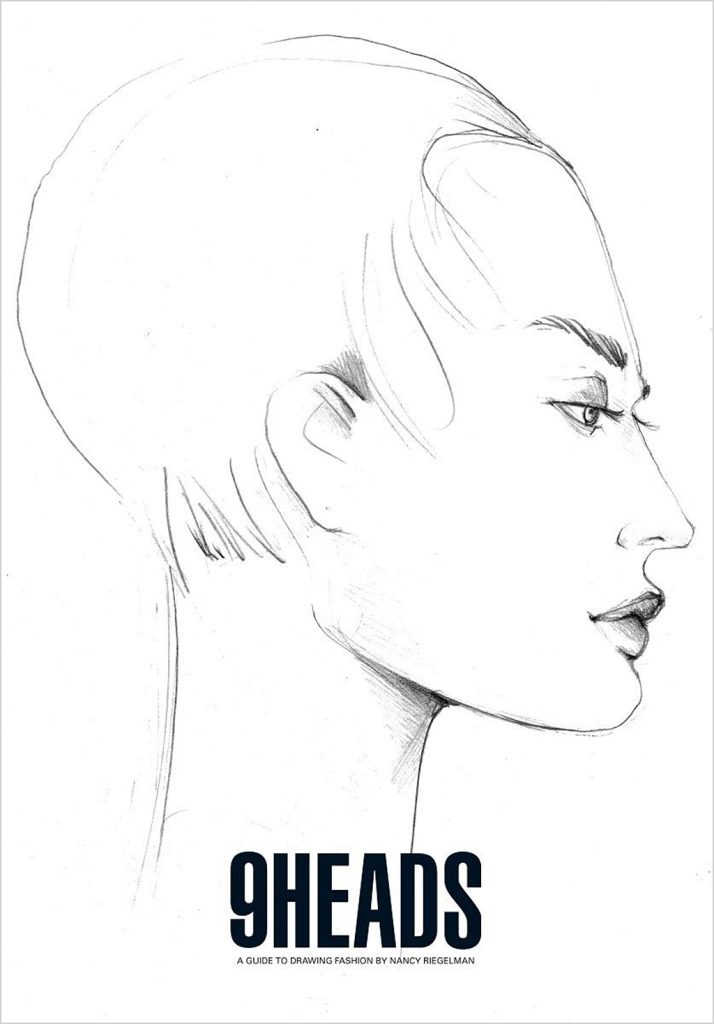
“Patternmaking for Fashion Design” by Helen Joseph Armstrong.
Basic Approach Renowned for its comprehensive coverage, exceptional illustrations and clear instructions, Patternmaking for Fashion Design 5th edition offers detailed yet easy-to-understand explanations of the essence of patternmaking.
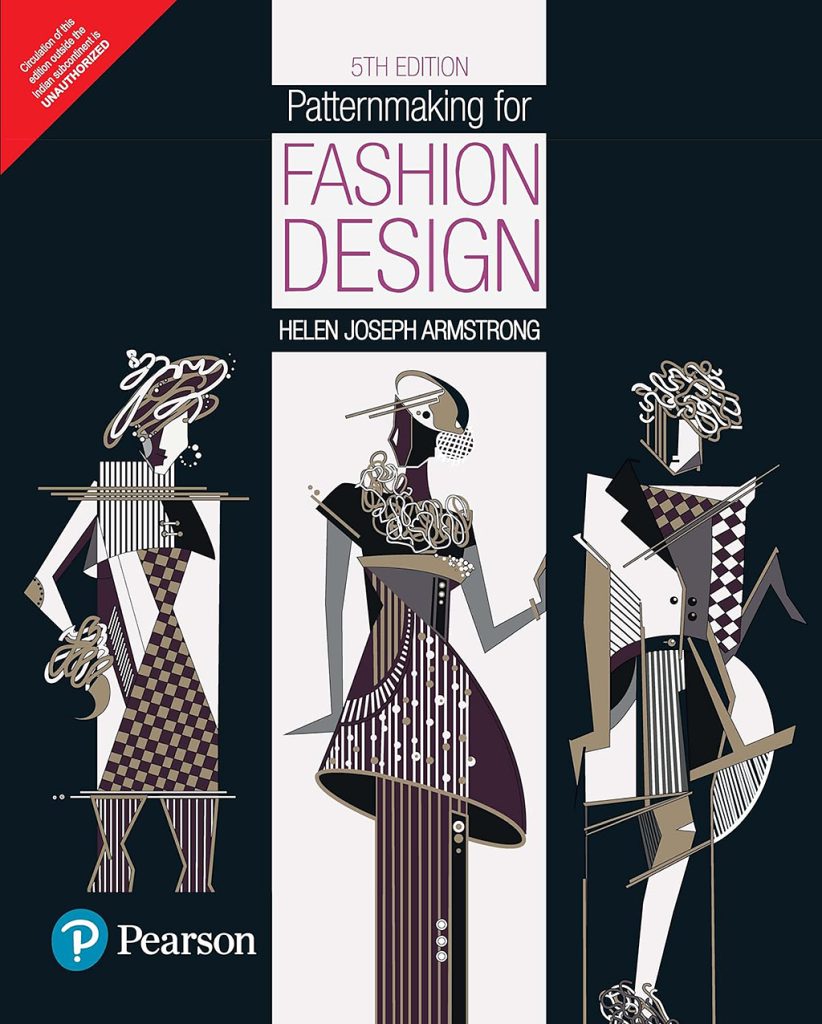
“Fashion Design Course: Principles, Practice, and Techniques” by Steven Faerm.
The practical, definitive guide for aspiring fashion designers with a passion for creating stunning and innovative designs that leave a lasting impression.
Fashion Design Course is your comprehensive and practical companion, designed to empower you with the essential knowledge and skills to excel in the captivating world of fashion and apparel design.
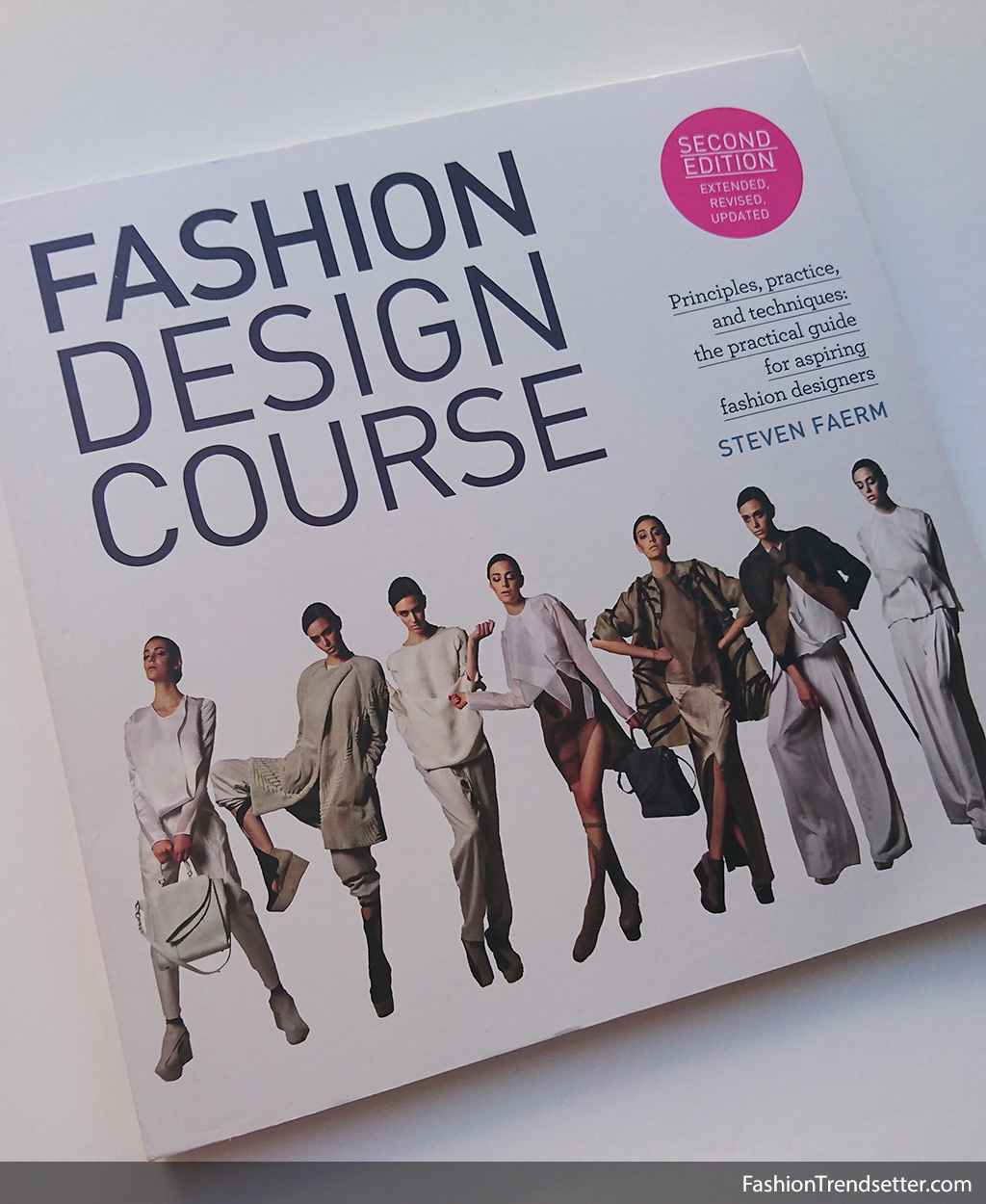
Photo © Fashion Trendsetter
“Watercolor Fashion Illustration: Step-by-step Techniques for Illustrating Fashion and Figures in Watercolors” by Francesco Lo Iacono.
Learn to paint outstanding fashion watercolors with expert guidance from a leading fashion illustrator.
Watercolor is a wonderful medium for figure and fashion as it creates loose, impressionistic results that capture the essence of a look without getting too bogged down in the details. In this complete course, professional fashion illustrator Francesco Lo Iacono shows you how to master creating delicate, beautiful fashion illustrations.
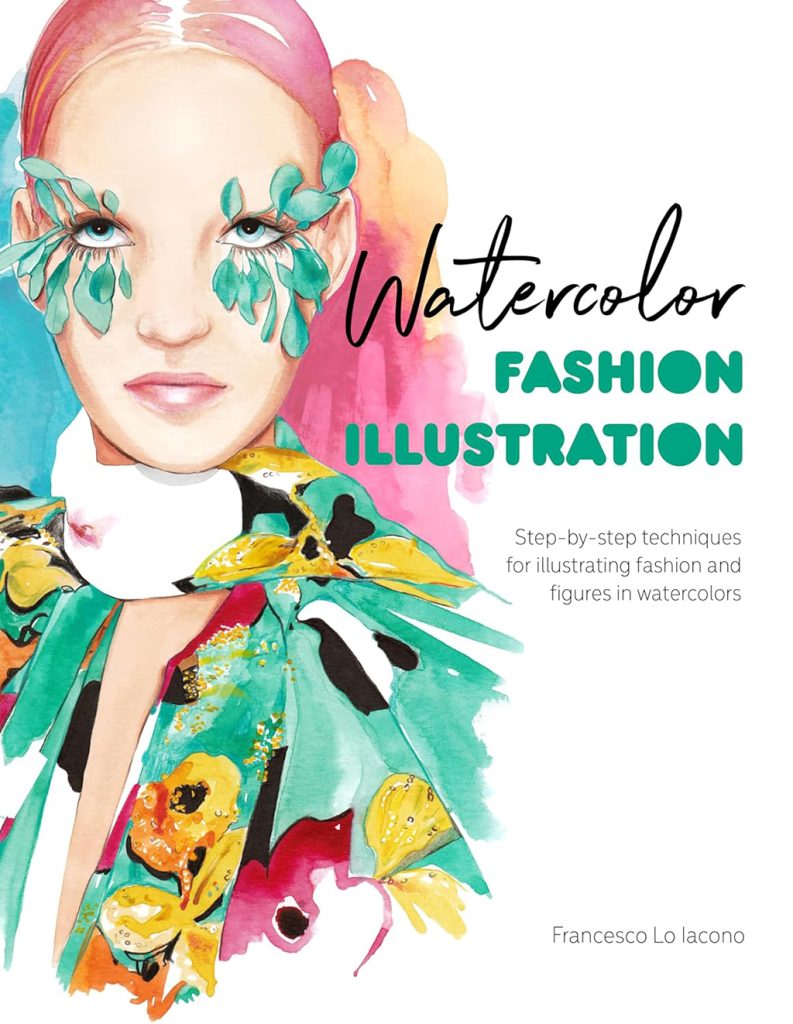
“Textiles and Fashion: From Fabric Construction to Surface Treatments (Basics Fashion Design)” by Jenny Udale.
Textiles and Fashion explores the integration of textile design with fashion, showing the many ways designers use fibre, fabric construction and surface treatments within a garment and on the body. It begins with a brief history of textiles in fashion, showing the links with technical innovation and social developments. You’ll then briefly learn about the processes of textile design, including ethical and environmental considerations, as well as fibre production, dyeing and finishin techniques, before moving on to making the most of different surface treatments and the ways in which colour and trend influence fashion and textiles.
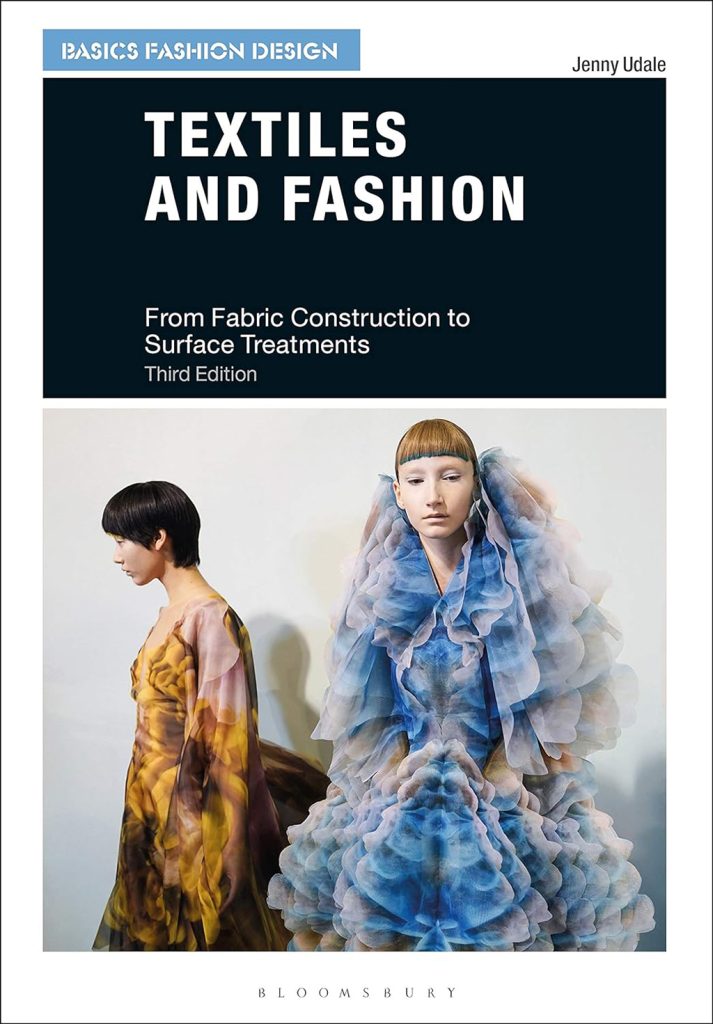
“Technical Drawing for Fashion Design Books” by Alexandra Suhner ISENBERG.
Technical Drawing Volume 1, Basic Course Book, explains the basics of making a technical drawing. First, the standard format and tools are introduced. This is followed by step-to-step instructions on how to draw a number of different types of garments. Then techniques are shown for rendering textiles and adding individual style to the drawings. The accompanying CD contains design templates and examples of clothing pieces, fabrics and design presentations.
Technical Drawing for Fashion Design – Garment Source Book, shows an extensive collection of high-quality, finishes, technical drawings and an extensive glossary.
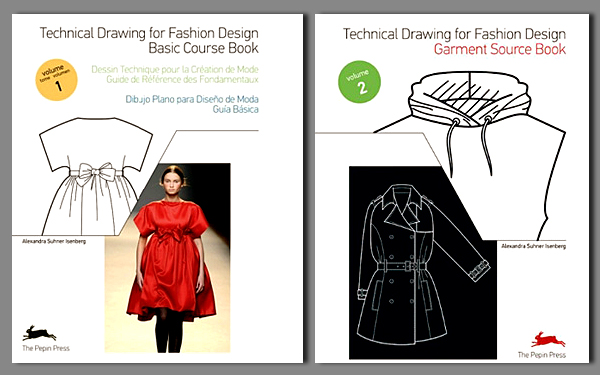
“Fashion Portfolio: Create, Curate, Innovate” by the authors Tamara Albu & Michelle Nahum-Albright.
Personal strategy and clear identity are key to successfully presenting yourself as a designer within the fashion industry. Fashion Portfolio: Create, Curate, Innovate is a practical guide to a forward-reaching portfolio, emphasizing the value of personalized storytelling. Its focus is in helping designers reach visual and conceptual clarity in representing their potential. As part of a personal brand strategy, the portfolio becomes a stronger sales tool. This is why the book also explores research, personal branding, presentation materials, online presentation, interview technique and follow up.
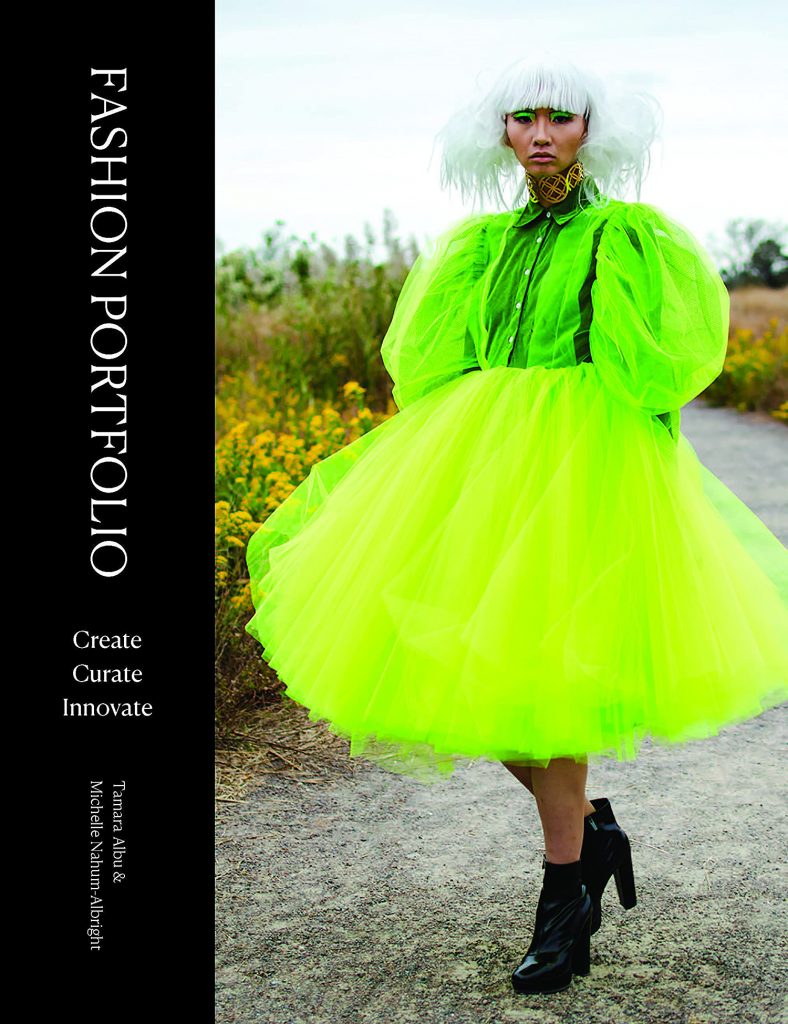
SUSTAINABLE FASHION
As the fashion industry grapples with sustainability, it’s crucial for students to stay informed. The following books shed light on sustainable practices and their impact on the industry.
“To Die For: Is Fashion Wearing Out the World?” by Lucy Siegle.
An expose on the fashion industry written by the Observer’s ‘Ethical Living’ columnist, examining the inhumane and environmentally devastating story behind the clothes we so casually buy and wear. Coming at a time when the global financial crisis and contracting of consumer spending is ushering in a new epoch for the fashion industry, To Die For offers a very plausible vision of how green could really be the new black. Taking particular issue with our current mania for both big-name labels and cheap fashion, To Die For sets an agenda for the urgent changes that can and need to be made by both the industry and the consumer. Far from outlining a future of drab, ethical clothing, Lucy Siegle believes that it is indeed possible to be an ‘ethical fashionista’, simply by being aware of how and where (and by whom) clothing is manufactured.
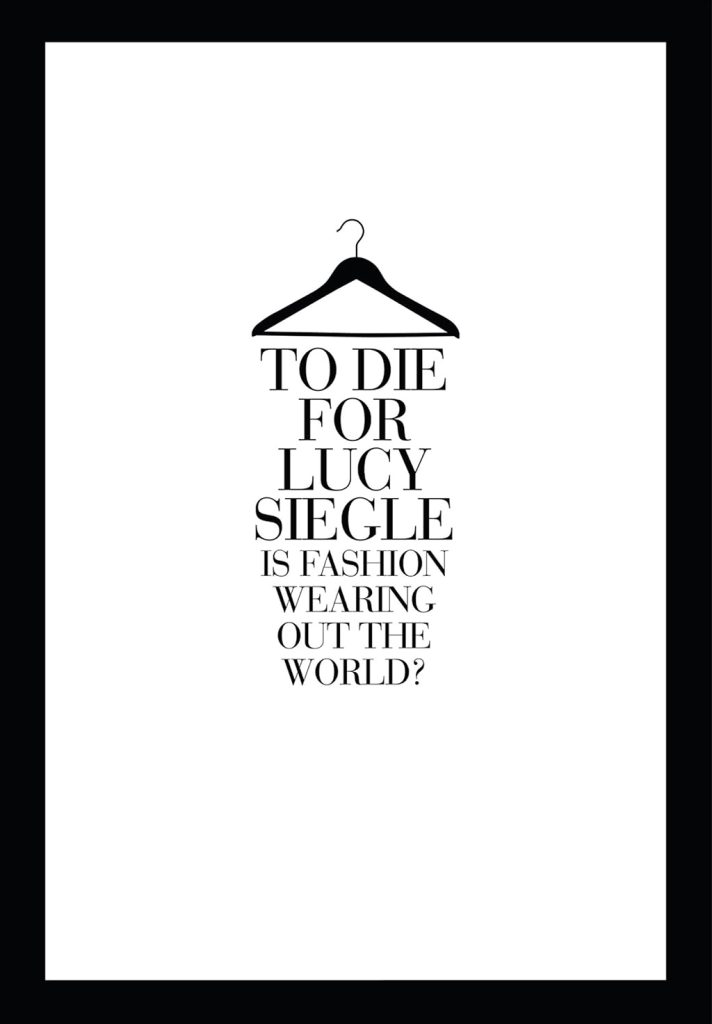
“Sustainable Fashion: Responsible Consumption, Design, Fabrics, and Materials” by Wearme Fashion.
An insight on the world of sustainable fashion: alternative ways of production, eco-friendly and reused materials and practical care advice for garments.
The planet has come to a critical situation and it is up to all of us to innovate and drive change in all aspects of life, and fashion definitely is no exception. The fashion industry and its procedures are changing rapidly thanks to the visionary mindset of innovators, their business perspectives, the renewal of industrial processes, and a reconsideration of existing values.
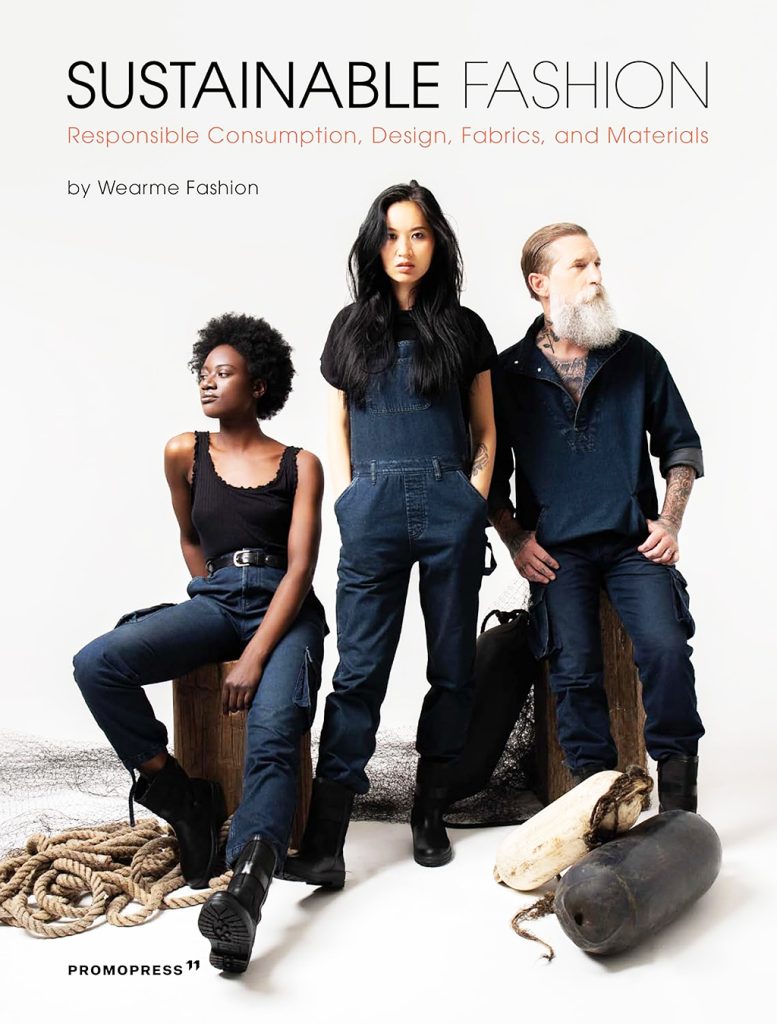
More and more customers are demanding that the clothes they buy to be socially and environmentally aware: no child labor, minimum or zero impact on the planet, and safe working conditions are the basis of the sustainable values that customers are expecting from fashion companies. This book provides all the necessary insight for designers, fashion companies, retailers, and consumers that want to become more sustainability conscious. It includes a comprehensive overview of the current actions taken by pioneering designers and brands and how they are integrating basic sustainable principles, and eco-friendly and reused materials, to create a new generation of fashion products, including information on different fabric types, alternative production types, reuse and practical care advice for the garments.
“Sustainable Wardrobe: Practical Advice and Projects for Eco-friendly Fashion” by Sophie Benson.
Sustainable Wardrobe gives you everything you need to cultivate a more sustainable, ethical and planet-friendly wardrobe that is still easy, accessible and affordable!
Statistics show that how we are consuming, maintaining and discarding our clothing is having a devastating effect on the planet. There are problems with every part of the cycle and they won’t be fixed overnight. So what can we actually do to make a difference? The answer is that if we all take small steps to improve our habits, it would collectively result in a big change, and this book teaches us exactly how to do this!
Sophie Benson, a journalist specialising in sustainable fashion, will guide you through – breaking down the issues and explaining how we can mitigate them at home: from the clothes we purchase, to the way we care for them, to how we dispose of them.
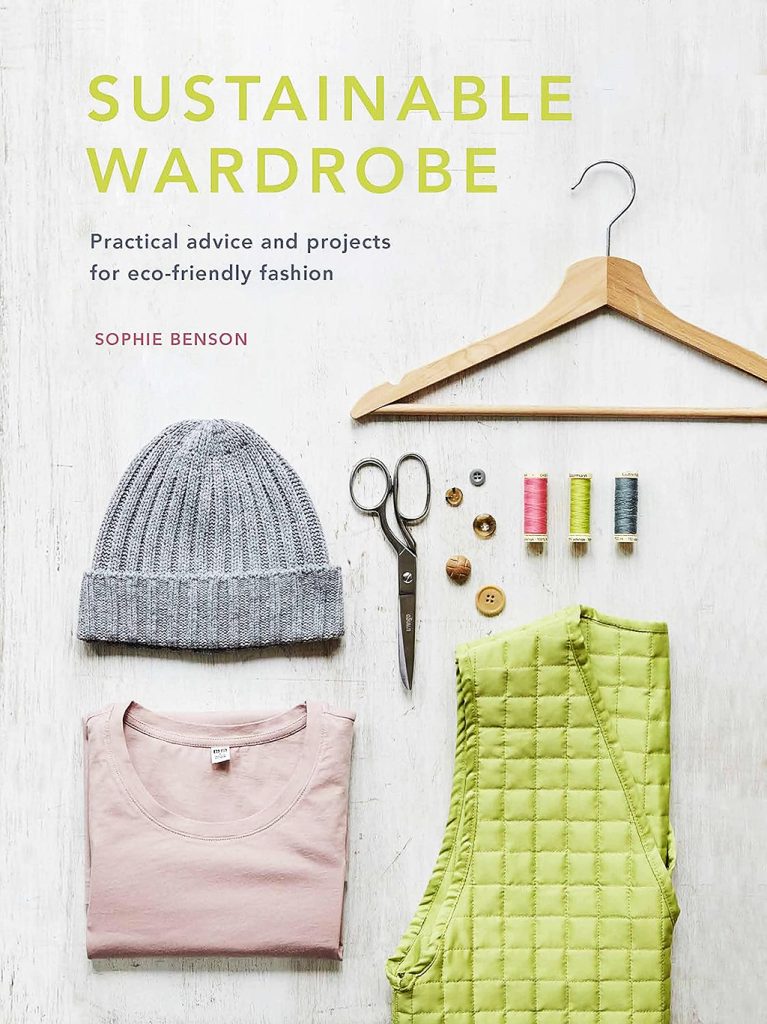
In the world of fashion, education is a lifelong journey, and books are steadfast companions along the way. Whether delving into the past, dissecting theories, understanding business intricacies, refining design skills, seeking inspiration, or embracing sustainability, the curated list above serves as a starting point for fashion students eager to enrich their knowledge.
Remember, the runway to success in the fashion industry is paved not only with creativity but also with a deep understanding of its multifaceted dimensions. Happy reading!
All images courtesy of Amazon & Fashion Trendsetter.
This article contains Amazon Affiliate links and products.
Tags: Aisling McKeefry, Alexandra Suhner ISENBERG, Amazon, AMAZON Affiliate, books, clothing industry, Color, color trends, costume design, culture, Dana Thomas., data and insights, designers, drawing, fashion and culture, fashion brands, fashion business, fashion design, fashion designers, fashion drawing, fashion history, fashion icons, fashion industry, fashion journalism, fashion marketing, fashion trends, Fashionary, flat patterns, Francesco Lo Iacono, Helen Joseph Armstrong, illustration, inspiration, Jenny Udale, Josephine Collins, Kathy K. Mullet, Leslie Davis Burns, Lucy Siegle, marketing, Michelle Nahum-Albright, Nancy Riegelman, pattern making, Senay GOKCEN, Smithsonian Institution, Sophie Benson, Spear Stephen, Steven Faerm, style, sustainability, Tamara Albu, textiles, Top, trends, Wearme Fashion
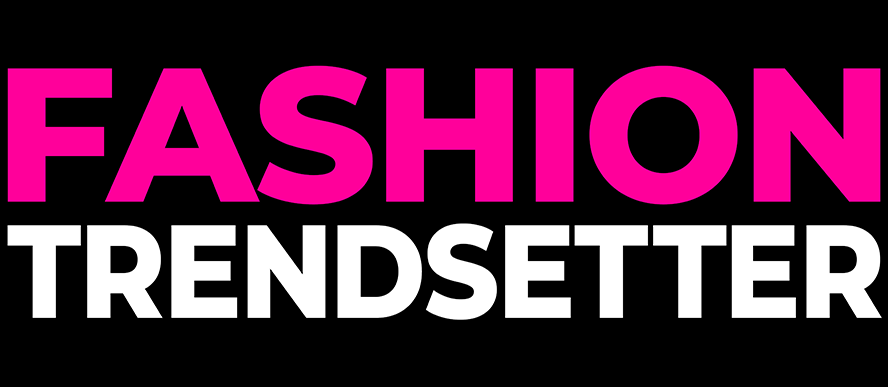
 Share On Facebook
Share On Facebook Tweet It
Tweet It

